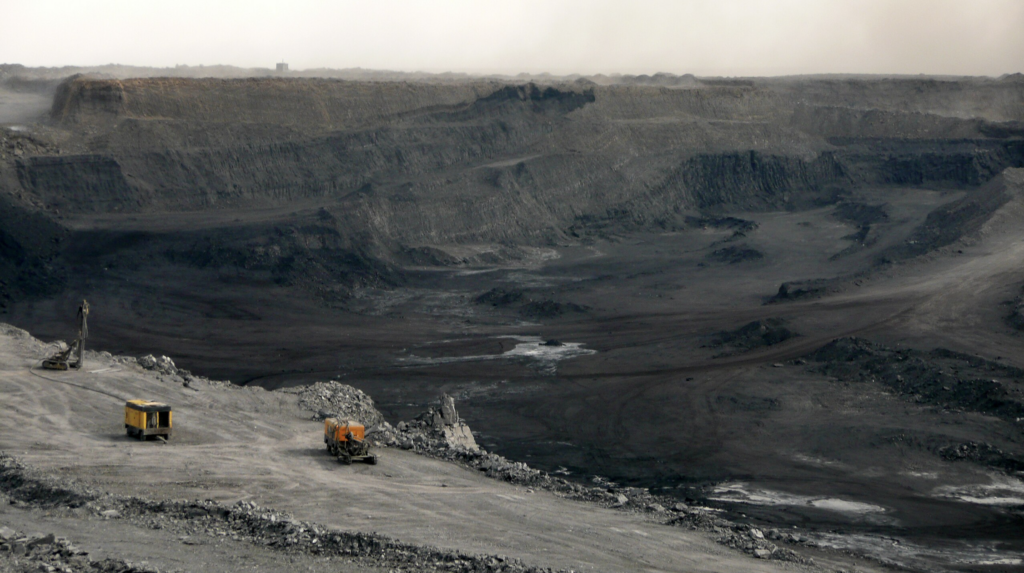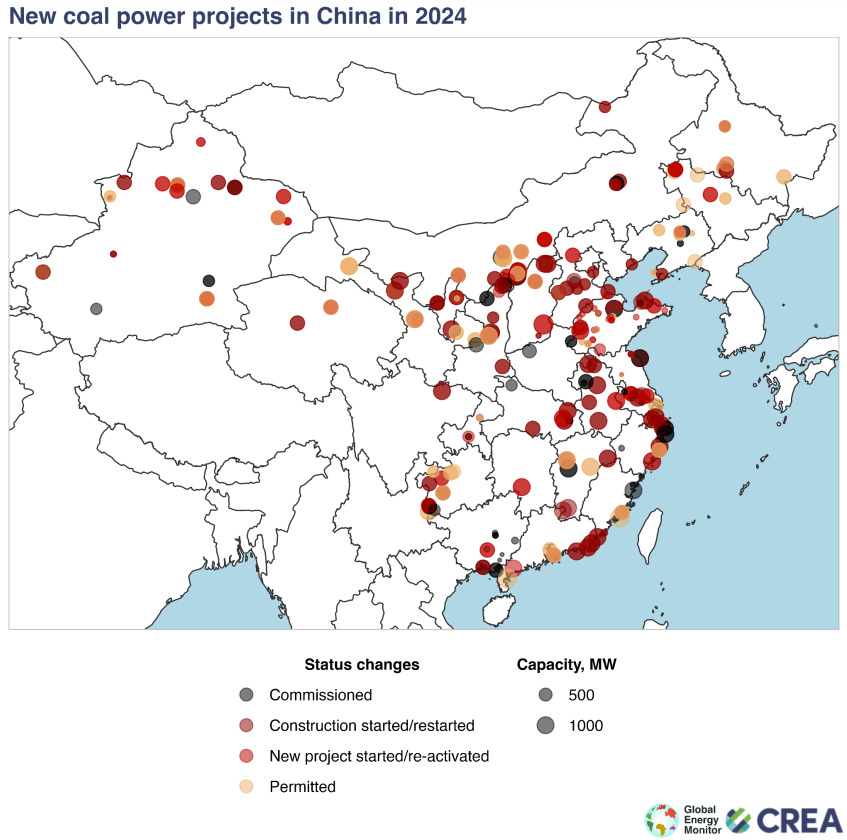China’s State Council has set a two-year action plan for cleaner air, and the comprehensive strategy to improve air quality will affect all key economic sectors, market sources told Fastmarkets.
This will add uncertainty to the iron ore and steel industries over the next two years, they said.
This is the second action plan to promote China’s high-quality economic development through continuous improvement of air quality, following the previous Three-Year Action Plan for Winning the Blue-Sky Defense Battle issued in June 2018.
Objective to further upgrade steel industry in line with decarbonization drive
Some market participants said this new guidance is in line with the country’s decarbonization drive and goal to build a high-quality steel industry.
Specifically, a key objective of the air quality improvement plan is that the PM2.5 density (the density of the particulate matter the air) in major cities will drop by 10% by 2025 compared with 2020, and the number days with high air pollution should be less than 1% of the year. In addition, total emissions of nitrogen oxides and volatile organic compounds are targeted to drop more than 10% compared with 2020.
The plan set specific targets for the PM2.5 density in the Beijing-Tianjin-Hebei and surrounding areas, and the Fenwei Plain in North China to drop by 20% and 15% respectively compared with 2020. Those two regions are key steelmaking production hub, with seasonal sintering production cuts from mid-November to mid-March to reduce air pollution in the past few years.
A 5% decrease in PM2.5 concentration in the Yangtze River Delta region in South China is targeted within the same time frame, according to the guidance.
By 2025, more than 80% of the country’s steel production capacity will have completed the country’s ultra-low emission transformation tasks.
Market participants do not expect the new air quality improvement guidance to cause steel production to drop immediately in the country because many steel mills in environmentally-sensitive areas have already reduced emissions.
As of November, 99 steel mills in China have completed these ultra-low emission transformation, with 73 of those mills completing the full process, which includes a crude steel production capacity of about 362 million tonnes, and 26 steel companies have partially completed the process, which requires a crude steel production capacity of approximately 108 million tonnes, according to a report published by the China Iron and Steel Association (CISA).
Hebei province, the largest steelmaking hub with a yearly crude steel output of 212 million tonnes in 2022, grades local steel mills every year from A to C based partially on their emission levels, with Grade A being the best.
In 2023, 17 integrated steel mills in Hebei province were rated Grade A, accounting for 68% of the country’s total, according to local government. The performance system will decide the production cut ratio when there are restriction due to possible air pollution.
“Now most steel mills in Tangshan are rated with Grade A in emission level, and the strict sintering production cut requirement usually falls on other steel mills without Grade A performance,” a Tangshan-based steel mill said.
No new steelmaking capacity, shift to EAF steelmaking
The new guidance also continues to forbid new steelmaking capacity, encourages reducing independent coke plants, pellet plants, sintering plant and supports the transformation from blast furnace (BF) steelmaking to electric-arc furnace (EAF) steelmaking.
By 2025, the country aims to increase the ratio of EAFs to blast furnaces to 15%.
“It will not be easily to transfer blast furnace and basic-oxygen furnace process to EAF process because the latter has poor profitability and the supply of good-quality steel scrap isn’t sufficient,” an industry analyst told Fastmarkets.
Market participants said that while the BF-EAF steelmaking capacity ratio may reach 15% by 2025, the production ratio would not be that high.
“The capacity operation rate of BF can be above 80% in certain regions, but that of EAF was at 60-70% over the past year,” the industry analyst said.
As of November, there were about 35 million tonnes of new steelmaking capacity projects via blast furnaces starting construction in 2023-2027 and about 12 million tonnes via EAF, with mills shutting down old capacity without adding new volumes. Fastmarkets observed 30 steel mills that have released steel capacity replacement plans on their company and local government websites.
The swap or replacement ratio means for that for mills to construct 1 million tonnes of new ironmaking or steelmaking capacity with blast furnaces, they are required to shut down about 1.25-1.5 million tonnes of old capacity.








